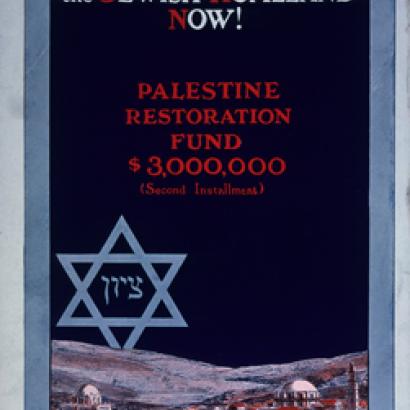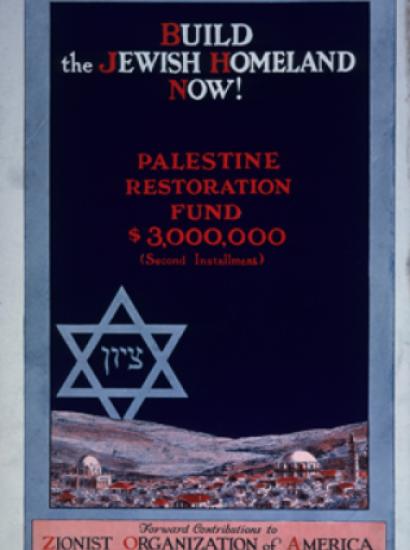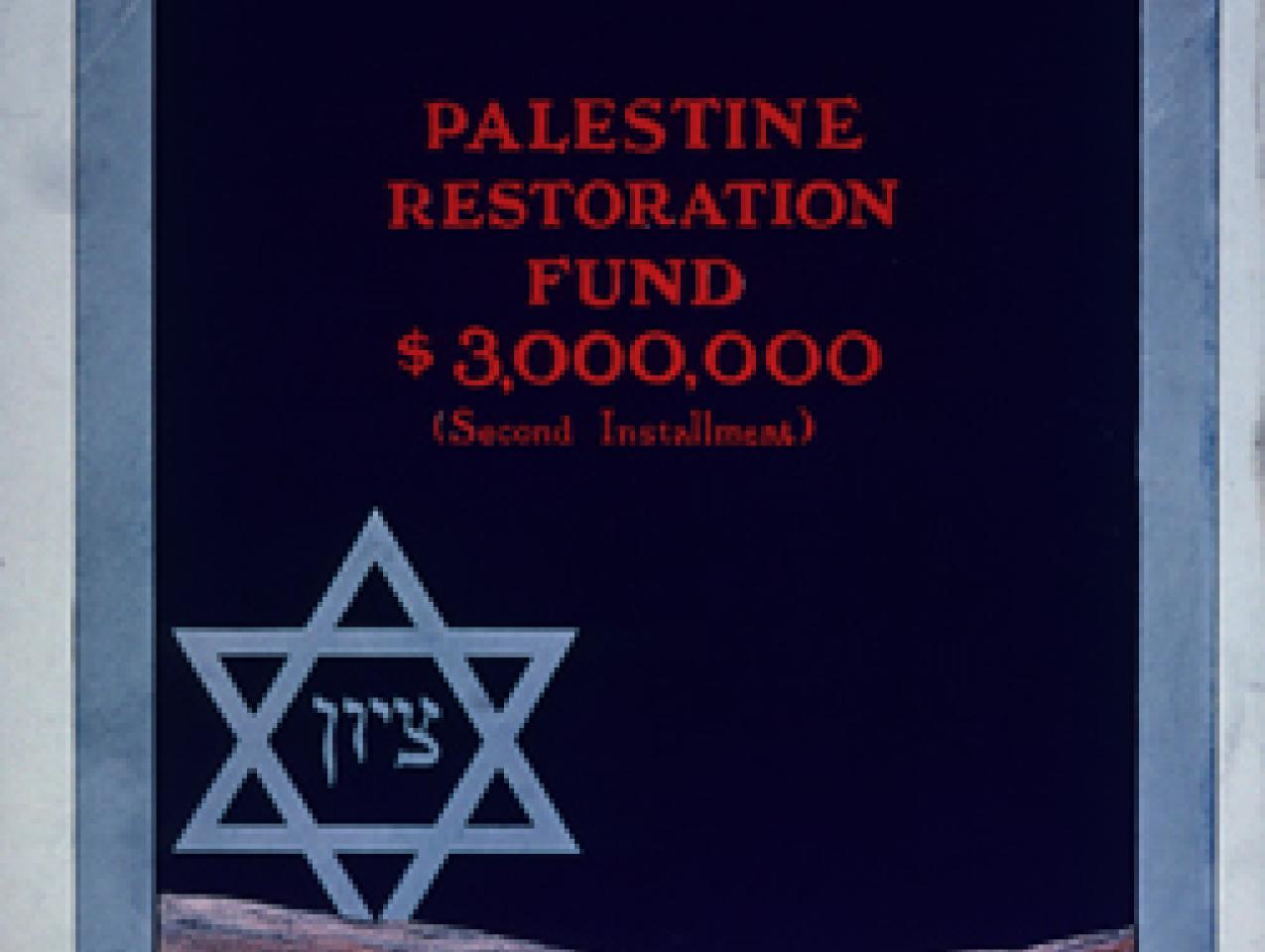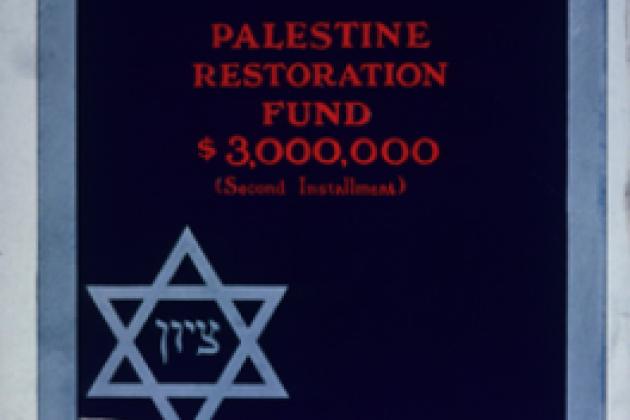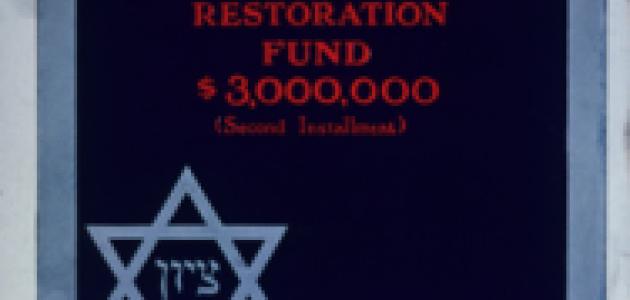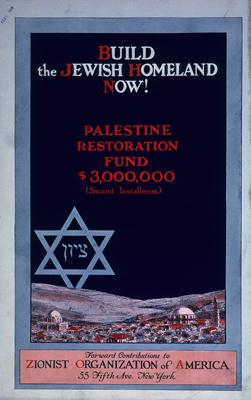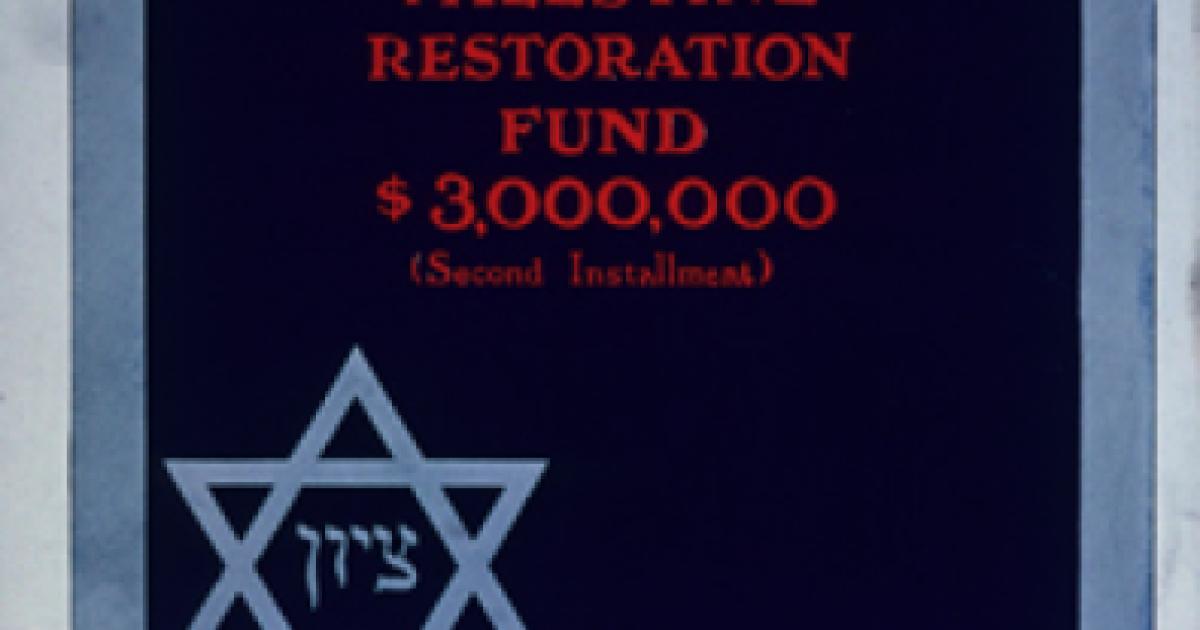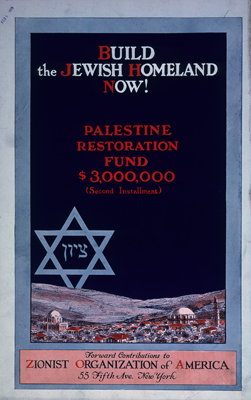
Over and over, we have heard the no-military-solution shibboleth applied to the Israeli-Palestinian conflict as well as to insurgencies or military clashes elsewhere. The sheer length of Palestinian and Arab armed hostility toward Israel superficially lends credence to the fuzzy notion that only high-minded diplomacy can dissolve the Middle East belligerency. One after another grand peace scheme, however, has failed. Yet faith remains in them rather than a military end.
Today, the no-military-solution vaporings are mostly invoked as a diplomatic means to halt Gaza’s unrelenting terrorism with Israel’s unrequited concessions. In an ill-judged forfeiture to the peace process, Jerusalem turned over Gaza to the Palestinians in 2005. Shortly afterward Hamas—the Islamist terrorist network—seized power in the coastal strip. An ally of Iran, Hamas stocked up on ever-longer range missiles from Tehran and entered a permanent state of terrorism directed at Israel.
There may be no silver bullet to resolve Hamas’s deep-seated animosity against Israel. But according to some, Israel may have found the way to a bronze one. This remedy lies in Israel’s three lopsided but still inconclusive military victories over Gaza. In late 2008-early 2009, the Israeli Defense Forces (IDF) fought a ground war in Gaza termed Operation Cast Lead. Then, in 2012 the country’s air force engaged in the week-long Pillar of Defense campaign. And finally, the IDF concluded its 50-day Operation Protective Edge with a truce on August 26. It has been the most destructive to Gaza and its Hamas forces but also to Israel, which lost 67 soldiers (six times higher than the ten killed in Cast Lead). The Palestinians sustained high casualties with 2,100 deaths, of whom Israel claimed nearly half were armed militants.
Some have referred the to the IDF strategy as “mowing the lawn.” By clipping the capabilities of Hamas and its allied terrorist movements, the Israeli military will hold Hamas in check. But each time Hamas emerges more deadly, firing longer-range rockets into Israel. Additionally, its fighters have dug attack tunnels beneath the border into southern Israel. These subterranean corridors funnel killers and kidnappers out of sight of Israeli defenses so as to prey on civilians or half-squads of IDF soldiers. Even the “peace” periods (between the stepped-up attacks) have been characterized by persistent desultory missile firings on southern Israel. Hence, it is time to reexamine the military-is-not-the-solution refrain, especially in light of Gaza’s history.
Not long ago, Israel experienced a dangerous Gaza and defeated the threats emanating from the enclave. As a consequence of the 1967 war, it acquired Gaza along with the West Bank. It ruled the pocket-sized strip directly but permitted the Gazans to live normal lives, engage in commerce, and work within Israel. Local terrorists sought to strike at Israeli forces and at the rising standard of living as well as the normalcy increasingly enjoyed by the Gaza residents, fearing that improvements in their well-being might sap their hatred of Israel. Yasir Arafat’s Palestine Liberation Organization (PLO) and George Habash’s Popular Front for the Liberation of Palestine (PLFP) infiltrated into Gaza arms, money, and trained cadres from Jordan, Lebanon, and Syria. The PLO and PFLP established underground movements, recruited youths, mounted ambushes on the IDF, and murdered suspected Israeli collaborators (or critics of their policies). They sought to destabilize Gazan society through killings, torture, and intimidation in order to force Israel to abandon the tiny land. As typical in insurgent-terrorist environments, violence hit the civilian population hardest in order to sever its cooperation with the government. The PLO and the PFLP benefited from classic insurgent advantages of melting into the population or eluding security forces in the orange groves.
Major General Ariel Sharon, commander of the southern zone, turned his attention in 1971 to the mushrooming Gaza insurgency. Sharon spent two months walking much of the territory, analyzing the terrain and thinking about an appropriate counter strategy to root out the insurgents while not unduly harming the locals. He devised a unique method of subdividing Gaza in order to cripple the terrorists’ movement and communication. Within the one- or two-mile square divisions, the general inserted “first-rate infantry units” for what he termed “antiterrorist guerrilla warfare” whose adaptive tactics presented “a new situation for every terrorist every day.” He dressed soldiers in Arab garb so they blended into the crowds. The soldiers intimately learned the city squares and the comings and goings of the inhabitants. Anything out of the ordinary aroused their attention. They often turned captured terrorists into agents, who handed over intelligence used to eliminate or capture other terrorists. It was microscopic, intense anti-insurgency work, which Sharon later wrote about in his autobiography, Warrior, as did many other military specialists.
Might such a counter-terrorism strategy be re-applied in Gaza? Times have changed. The Gaza population is larger than in the early 1970s. The world’s anti-Israeli bias is also stronger than in the earlier period. Yet across the globe there is a rising recognition that terrorist sanctuaries must be degraded and Islamist terrorists destroyed. Israel is on the right side of history in this regard. The IDF’s experience in keeping the lid on violence in the West Bank is also richer since its 1970s strip campaign. There have been occasional terrorist attacks originating in the West Bank, but there have been no missile barrages as from Gaza. Implementing a similar West Bank security architecture in Gaza promises to burn the grass—a better result than the reliance on perennially shearing the lawn.







